Home>Garden Essentials>Garden Storage>Roof Garden Ideas: How To Design A Rooftop Garden
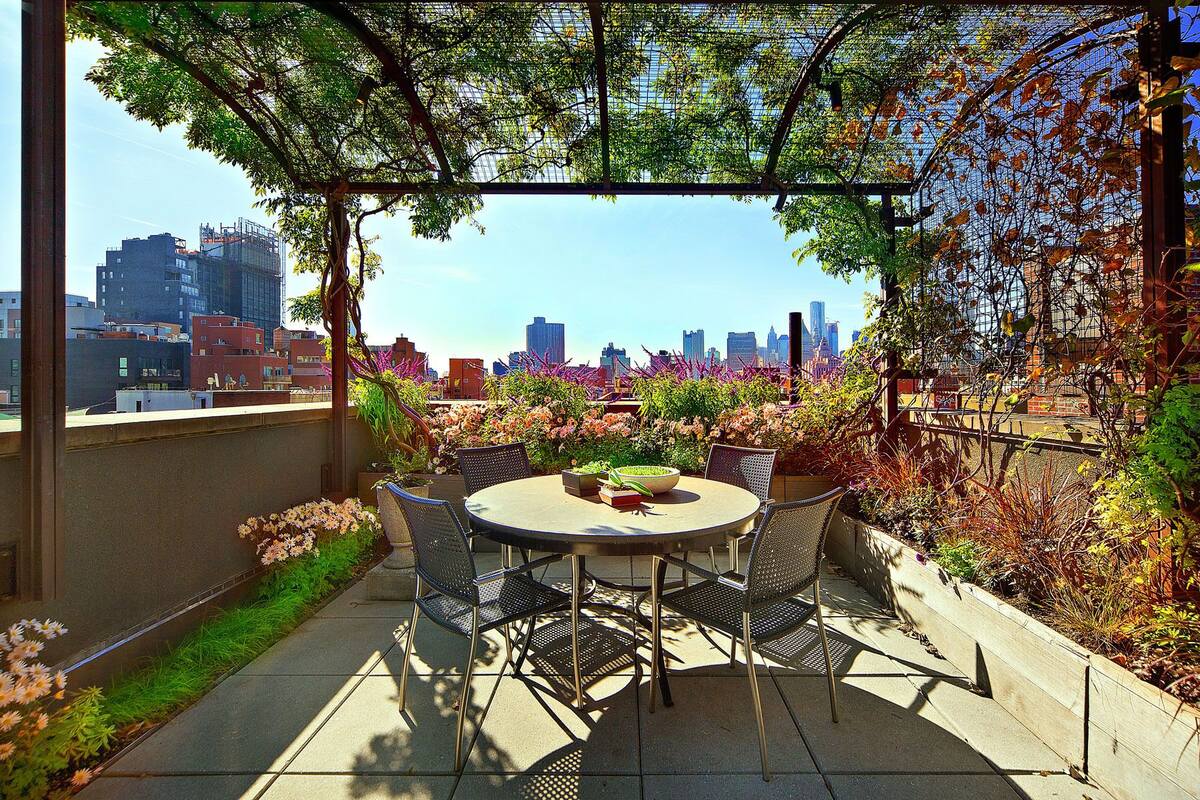

Garden Storage
Roof Garden Ideas: How To Design A Rooftop Garden
Modified: October 20, 2024
Discover creative and functional storage solutions for your rooftop garden! From clever containers to vertical shelving, learn how to maximize space and style in your outdoor oasis.
(Many of the links in this article redirect to a specific reviewed product. Your purchase of these products through affiliate links helps to generate commission for Storables.com, at no extra cost. Learn more)
Introduction
Welcome to the world of roof gardens, where urban dwellers can transform their barren rooftops into flourishing green oases. Roof gardens have gained immense popularity in recent years, providing a unique and sustainable solution for those longing to connect with nature in the concrete jungle. Whether you have a small rooftop space or a sprawling terrace, designing a rooftop garden allows you to create a peaceful sanctuary amidst the hustle and bustle of city life.
Before diving into the exciting world of rooftop garden design, it’s important to consider a few key factors. First and foremost, you’ll need to assess the structural integrity of your roof. Consult with a professional to ensure that your roof can support the weight of a garden. Additionally, check local regulations or building codes to ensure that there are no restrictions on creating a rooftop garden in your area.
Another crucial consideration is the access to your rooftop. Determine how you will transport materials, plants, and equipment to the rooftop garden. If you have limited access, you may need to plan accordingly and choose lightweight and portable elements for your design.
Next, think about the amount of sunlight your rooftop receives. Sunlight is vital for the growth and well-being of plants, so it’s important to know the sun exposure of your rooftop before selecting the right plants for your garden. Evaluate whether your rooftop receives full sun, partial shade, or full shade throughout the day.
Lastly, take into account the climate in your area. Different plants flourish in different climates, so select plants that are well-suited to your local weather conditions. Consider factors such as temperature fluctuations, humidity levels, and wind exposure.
With these factors in mind, you’re ready to embark on your rooftop garden design journey. In the upcoming sections, we will explore various aspects of rooftop garden design, including plant selection, layout design, seating areas, shade and privacy elements, as well as maintenance tips to ensure your rooftop garden thrives year-round.
Key Takeaways:
- Transform your rooftop into a lush oasis by considering factors like structural integrity, sunlight exposure, and climate. Select the right plants, design the layout, and implement proper maintenance for a thriving rooftop garden.
- Maximize your rooftop space with vertical gardening techniques like trellises and hanging pots. Ensure proper drainage, watering, and regular maintenance to create a vibrant and sustainable urban oasis.
Factors to consider before designing a rooftop garden
Designing a rooftop garden is an exciting endeavor, but it’s important to consider several factors before diving into the design process. By taking these factors into account, you can ensure a successful and thriving rooftop garden that suits your needs and preferences.
1. Structural integrity: Before starting the design process, it’s crucial to assess the structural integrity of your rooftop. Consult with a professional to determine if your roof can support the weight of a garden. Factors such as the material of the roof, its age, and the load-bearing capacity must be considered. Reinforcements may be necessary to ensure the safety and stability of the garden.
2. Accessibility: Consider how you will access your rooftop garden. Determine whether there is an existing staircase or if you need to install one. Ensure that the access point is secure and easy to use, especially if you plan to transport heavy materials or larger plants to the rooftop. If accessibility is limited, you may need to consider lightweight and portable elements for your garden design.
3. Sun exposure: Evaluate the amount of sunlight your rooftop receives throughout the day. Take note of any shadows cast by nearby buildings or structures. Different plants have varying sunlight requirements, so understanding the sun exposure of your rooftop is essential in choosing the right plant species for your garden. Full-sun plants require at least six hours of direct sunlight daily, whereas shade-loving plants thrive with minimal direct sunlight.
4. Climate and microclimate: Consider the climate in your area, including temperature fluctuations, humidity levels, and wind exposure. Some plants are more tolerant of extreme temperatures, while others prefer milder climates. Determine your USDA hardiness zone to help you select plants that are well-suited to your specific climate. Additionally, assess the microclimate of your rooftop, as it may differ from ground-level conditions due to wind patterns and heat absorption from surrounding buildings.
5. Building codes and regulations: Check with your local authorities or building management to ensure that there are no restrictions or regulations on creating a rooftop garden. Some buildings may have specific guidelines for rooftop usage, such as weight limitations, railings, or safety measures. Adhering to these codes will ensure a smooth and compliant rooftop garden project.
By considering these factors before designing your rooftop garden, you can create a space that not only enhances the aesthetics of your building but also thrives in its unique environment. This thoughtful planning will set the foundation for a successful and enjoyable rooftop garden experience.
Choosing the right plants for your rooftop garden
When it comes to designing a rooftop garden, selecting the right plants is crucial for the success of your green oasis. The right plants will not only thrive in the specific conditions of your rooftop but also add beauty and functionality to the space. Here are some factors to consider when choosing plants for your rooftop garden:
1. Sunlight requirements: Assess the amount of sunlight your rooftop receives throughout the day. Some rooftops may have full sun exposure, while others may be partially shaded due to nearby buildings or structures. Choose plants that are appropriate for the sun exposure of your rooftop. Full-sun plants like succulents, roses, and lavender are ideal for rooftops with ample sunlight, while shade-loving plants like ferns, hostas, and impatiens are suitable for rooftops with more shade.
2. Wind tolerance: Rooftops are often more exposed to wind compared to ground-level gardens. Select plants that can tolerate windy conditions without getting damaged. Look for plants with strong stems and flexible foliage, such as ornamental grasses, agave, and yucca. Additionally, consider using windbreakers like trellises, shrubs, or windbreak fencing to provide protection to more delicate plants.
3. Drought resistance: Rooftop gardens are typically exposed to more intense heat and sun, which can lead to increased evaporation and water loss. Choose plants that have drought-resistant qualities and can thrive with less water. Succulents, such as sedums, agaves, and aloe vera, are excellent choices as they have water-storing abilities. Native plants that are adapted to your region’s climate can also be a great choice as they are often well-suited to local weather conditions.
4. Container suitability: Since rooftop gardens often rely on containers, it’s important to choose plants that are suitable for container gardening. Look for plants that do well in confined spaces and have smaller root systems. Herbs like basil, thyme, and rosemary, as well as compact vegetables like cherry tomatoes and salad greens, are excellent choices for container gardening. Consider the size and depth of the containers to ensure proper root growth and drainage.
5. Maintenance requirements: Consider the amount of time and effort you can dedicate to maintaining your rooftop garden. Some plants require more regular maintenance, such as pruning, fertilizing, or deadheading. If you have a busy schedule and limited time for gardening, opt for low-maintenance plants that require minimal care, such as ornamental grasses, succulents, and shrubs.
6. Weight considerations: Remember that rooftop gardens have weight limitations, especially in older or structurally weaker buildings. Choose lightweight plants and containers to ensure that the overall weight of your garden does not exceed the load capacity of your rooftop. This will help avoid any potential damage to your structure.
By considering these factors and selecting plants that are well-suited to your rooftop garden’s specific conditions, you can create a lush and thriving oasis that brings joy and beauty to your urban space.
Designing the layout of your rooftop garden
The layout of your rooftop garden plays a vital role in creating an inviting and functional space. A well-planned design will maximize the use of your rooftop, offer ample seating, and provide areas for different activities. Here are some tips to consider when designing the layout of your rooftop garden:
1. Assess the available space: Start by measuring the dimensions of your rooftop and identifying any existing structures or obstacles, such as chimneys or air conditioning units. Take note of any sun or shade patterns to help determine the best placement for various elements in your garden.
2. Define zones: Create distinct zones within your rooftop garden to serve different purposes. Consider areas for dining, lounging, gardening, and entertaining. By dividing your rooftop into zones, you can ensure a well-organized and functional space.
3. Seating areas: Incorporate comfortable seating options in your rooftop garden design. From benches and lounge chairs to cozy outdoor sofas, having seating areas allows you and your guests to relax and enjoy the stunning views from your rooftop garden. Choose weather-resistant and durable materials for your furniture, given the exposure to the elements.
4. Greenery and plant placement: Integrate plants strategically throughout your rooftop garden to create a lush and visually appealing landscape. Consider using raised beds, planters, or vertical gardening techniques to maximize the use of space. Place taller plants or structures against the windward side to provide wind protection for more delicate plants.
5. Pathways and walkways: Designing pathways and walkways within your rooftop garden not only adds visual interest but also improves accessibility. Use materials such as decking, gravel, or stepping stones to create pathways that lead visitors through your garden and connect different zones.
6. Lighting: Install appropriate lighting in your rooftop garden to create an inviting atmosphere and extend your garden enjoyment into the evening. Consider string lights, solar-powered lanterns, or spotlights to highlight focal points and pathways. Ensure that the lighting fixtures are weather-resistant and suitable for outdoor use.
7. Privacy and shade elements: If your rooftop is exposed to neighboring buildings or lacks natural shade, consider incorporating privacy screens, trellises, pergolas, or retractable awnings to create shade and privacy in your garden. These elements not only provide functionality but also add architectural interest to your rooftop.
8. Water features: Consider adding a water feature to your rooftop garden design, such as a small fountain or a bubbling water wall. Not only do water features create a soothing ambiance, but they can also help mask urban noise and provide a sense of tranquility.
9. Accessibility and safety: Ensure that your rooftop garden design allows for easy access and is safe for all users. Install handrails and nonslip surfaces on stairs or elevated areas to prevent accidents. Consider universal design principles to make your rooftop garden accessible to individuals with mobility challenges.
By carefully planning the layout of your rooftop garden, you can create a well-organized and appealing outdoor space that reflects your personal style, maximizes functionality, and provides a delightful retreat in the heart of the city.
Creating a functional seating area
A rooftop garden is not complete without a functional seating area where you can relax, entertain guests, and enjoy the serene surroundings. Designing a comfortable and inviting seating area is essential for maximizing the enjoyment of your rooftop garden. Here are some tips to help you create a functional seating area:
1. Assess your space: Determine the available space on your rooftop and consider factors such as size, shape, and location. This will help you decide the type and quantity of seating options that can be accommodated in your garden. Measure the area to ensure that your furniture fits comfortably while leaving enough room for people to move around.
2. Choose comfortable and durable furniture: Select outdoor furniture that is designed to withstand the elements. Look for materials like teak, wrought iron, or weather-resistant wicker that can withstand sun exposure, rain, and temperature fluctuations. Opt for comfortable seating options with cushions or pillows to create a cozy atmosphere.
3. Consider the style and design: Your seating area should be an extension of your personal style and complement the overall ambiance of your rooftop garden. Choose furniture pieces that align with your preferred aesthetics, whether it’s modern, minimalist, boho, or rustic. Consider the color scheme and patterns of your furniture to create a cohesive look.
4. Maximize seating options: Depending on the available space, incorporate a variety of seating options to accommodate different needs and preferences. Combine lounge chairs, benches, and outdoor sofas to provide a mix of seating for relaxation and socializing. Folding chairs or stools can be used as additional seating when needed, and they can be easily stored away to save space.
5. Create shade and privacy: Incorporate shade elements in your seating area to provide relief from the sun and create a comfortable environment. Install an umbrella or a retractable canopy to shield the seating area from direct sunlight. Consider adding privacy screens, trellises, or planters with tall plants to create a sense of seclusion and intimacy.
6. Add functional accessories: Enhance the functionality of your seating area by including accessories that add convenience and comfort. Install side tables or coffee tables for placing drinks, books, or decorations. Consider adding a fire pit or a portable heater to extend the usability of your rooftop seating area into the cooler months.
7. Lighting and ambiance: Incorporate appropriate lighting to create a warm and inviting ambiance in the evening. Use string lights, lanterns, or outdoor floor lamps to illuminate the seating area and add a touch of enchantment. Consider using candles or LED candles for a cozy and intimate atmosphere.
8. Embrace nature: Integrate natural elements into your seating area to enhance the connection with your rooftop garden. Position your seating to maximize views of the surrounding greenery or cityscape. Incorporate potted plants, low-maintenance succulents, or hanging planters to bring nature closer to your seating area.
Remember to arrange the furniture in a way that encourages conversation and social interaction. Create a cozy and welcoming atmosphere by using plush cushions, blankets, and outdoor rugs. With a well-designed and functional seating area, your rooftop garden will become a delightful space to unwind, entertain, and enjoy the fresh air and beautiful surroundings.
Read more: How To Do A Rooftop Garden In NYC
Incorporating shade and privacy elements
When designing your rooftop garden, it’s essential to consider both shade and privacy elements to create a comfortable and serene outdoor space. Incorporating these elements not only enhances the functionality of your garden but also adds a sense of intimacy and tranquility. Here are some ideas for incorporating shade and privacy elements in your rooftop garden:
1. Retractable awnings: Install retractable awnings over your seating area to provide instant shade when needed. These awnings can be easily extended or retracted depending on the amount of sun exposure you desire. Choose UV-resistant and waterproof materials to ensure durability and protection from the elements.
2. Shade sails: If you prefer a more modern and architectural look, consider using shade sails. These triangular or square pieces of fabric are suspended from poles to create a stylish and functional shading solution. Shade sails are available in various colors and sizes, allowing you to customize the look of your rooftop garden.
3. Pergolas: Incorporate a pergola into your rooftop garden to provide both shade and privacy. You can choose from a range of materials such as wood, metal, or vinyl to suit your style preferences. Add climbing plants like ivy or wisteria to create a natural and lush canopy that adds beauty and privacy to your space.
4. Green walls: Install a vertical garden or green wall to create both shade and privacy in your rooftop garden. Green walls consist of plants growing vertically on a trellis or modular system. They not only provide a natural barrier for privacy but also add beauty and improve air quality.
5. Privacy screens: Incorporate privacy screens made from bamboo, wood, or metal to separate different areas of your rooftop garden. These screens can be placed strategically to block unwanted views, create secluded corners, or shield your seating area from neighboring buildings. You can also use decorative screens with intricate patterns to add elegance and style.
6. Ornamental grasses and tall plants: Plant ornamental grasses, bamboo, or tall flowering plants along the edges of your rooftop garden to create a natural privacy screen. These plants can provide a visual barrier from neighboring buildings or streets while adding texture and beauty to your rooftop oasis.
7. Curtains and drapes: Hang curtains or drapes around your seating area to add both shade and privacy. Opt for weather-resistant fabrics that can withstand outdoor conditions. Choose colors and patterns that complement your rooftop garden design and create a cozy and intimate atmosphere.
8. Umbrellas and shade umbrellas: Place freestanding umbrellas or shade umbrellas strategically in your rooftop garden to provide shade for seating areas or specific zones. These portable options offer flexibility, as you can adjust their position based on the sun’s movement throughout the day.
Remember to consider the orientation of your rooftop, the surrounding environment, and your personal preferences when selecting shade and privacy elements. By incorporating these features, you can transform your rooftop garden into a private sanctuary where you can relax, unwind, and enjoy the beauty of nature in seclusion.
When designing a rooftop garden, consider the weight-bearing capacity of the roof, choose lightweight materials, and incorporate windbreaks to protect plants from strong winds.
Installing a watering system for your rooftop garden
Proper watering is essential for the health and vitality of your rooftop garden. With the elevated and exposed nature of rooftop gardens, it can be challenging to provide consistent and efficient watering. Installing a watering system tailored to the specific needs of your plants is crucial for their growth and survival. Here are some tips for installing a watering system for your rooftop garden:
1. Evaluate your garden’s watering needs: Assess the type of plants in your rooftop garden and determine their watering requirements. Some plants may need regular watering, while others are more drought-tolerant. Additionally, consider the layout and dimensions of your garden, as well as the availability of water sources and pressure.
2. Drip irrigation system: One of the most efficient watering methods for rooftop gardens is a drip irrigation system. This system delivers water directly to the roots of the plants, minimizing water loss through evaporation and ensuring targeted watering. Use a combination of drip emitters, micro-sprinklers, and soaker hoses to provide the right amount of water to each plant.
3. Timer or controller: Install a timer or controller for your watering system to automate the watering process. This allows for consistent watering even when you are away or unable to manually water your plants. Set the timer to water during the early morning or evening hours to reduce water evaporation and ensure maximum absorption by the plants.
4. Water pressure regulation: Ensure that the water pressure in your rooftop garden is regulated to prevent excessive water flow or uneven distribution. Use pressure regulators or flow restrictors to maintain a steady and appropriate water pressure for the drip irrigation system.
5. Consider rainwater harvesting: Harness the power of nature by incorporating rainwater harvesting into your watering system. Install rain barrels or cisterns to collect rainwater from your rooftop. This sustainable practice not only reduces your water consumption but also provides a natural and chemical-free source of water for your plants.
6. Mulching: Apply a layer of mulch around your plants to conserve moisture and reduce evaporation. Mulch also helps regulate soil temperature and suppresses weed growth. Choose organic mulch such as wood chips, straw, or compost, and apply a layer of 2-3 inches around the base of the plants.
7. Regular maintenance: Regularly inspect and maintain your watering system to ensure its efficiency. Check for any leaks, clogged emitters, or damaged components. Clear any debris or debris that might obstruct the water flow. Clean or replace filters as needed to prevent clogging and maintain the quality of water being delivered to your plants.
8. Hand watering as a supplement: While a watering system is efficient and convenient, it’s still important to occasionally hand water your plants, especially during extremely hot or dry periods. This allows you to monitor the health of your plants and provide additional moisture if needed.
Remember, each rooftop garden is unique, so it’s crucial to customize your watering system based on your specific needs. By installing an effective watering system, you can ensure that your rooftop garden thrives and remains a lush oasis in the midst of an urban landscape.
Implementing proper drainage techniques
Drainage is a critical aspect of rooftop garden design, ensuring that excess water is effectively removed from the garden to prevent waterlogging and potential damage to the structure. Proper drainage techniques not only promote the health of your plants but also help maintain the integrity of your rooftop. Here are some tips for implementing proper drainage in your rooftop garden:
1. Evaluate your rooftop’s drainage capabilities: Assess the existing drainage system on your rooftop to determine if any improvements are needed. Check for proper sloping and ensure that water can flow freely away from your garden. If there are any drainage issues, consult a professional to rectify them before proceeding with your garden design.
2. Install a drainage layer: Create a drainage layer beneath the soil to facilitate the flow of excess water. This layer typically consists of materials like gravel, broken bricks, or expanded clay pellets. The drainage layer helps prevent water saturation in the soil, allowing excess water to drain away effectively.
3. Use well-draining soil: Choose a lightweight and well-draining soil mix specifically formulated for container gardening or rooftop environments. Avoid heavy soils that retain water and can lead to root rot. Consider adding organic matter like compost or coconut coir to improve drainage while retaining moisture.
4. Raised beds and elevated containers: Opt for raised beds or elevated containers for your rooftop garden. These provide better drainage compared to ground-level gardens. Raised beds allow excess water to drain freely, reducing the risk of waterlogging. Ensure that these raised structures have proper drainage holes to allow water to escape.
5. Incorporate drainage paths: Design your garden layout to include designated drainage paths for the runoff. This can be achieved by creating slight slopes or adding channels along the edges of the garden. Ensure that the drainage paths lead to appropriate outlets, such as downspouts or existing drains on your rooftop.
6. Use drainage mats: Consider installing drainage mats or geotextile fabrics beneath your containers or raised beds. These mats help to improve water drainage, prevent soil erosion, and provide a protective barrier between the soil and the rooftop surface, thus preserving the integrity of your rooftop.
7. Monitor watering practices: Overwatering is a common cause of drainage issues in rooftop gardens. Use a moisture meter or observe your plants carefully to determine when they require watering. Water deeply but infrequently, allowing the soil to dry out between watering sessions. Adjust your watering schedule based on the weather conditions and the specific needs of your plants.
8. Regular maintenance: Keep your rooftop garden clean and free from debris that may clog the drainage system. Clear any leaves, twigs, or other materials that can obstruct water flow. Inspect the drainage paths and outlets periodically to ensure they are free-flowing and not blocked.
By implementing proper drainage techniques, you can ensure a well-maintained and healthy rooftop garden. Effective drainage not only prevents water-related issues but also promotes optimal plant growth and enhances the overall functionality and longevity of your rooftop garden.
Maximizing vertical space with trellises and hanging pots
When designing a rooftop garden, it’s essential to make the most of the limited space available. One effective way to maximize your rooftop garden is by utilizing vertical space through the use of trellises and hanging pots. These vertical gardening techniques not only add aesthetic appeal but also provide additional growing areas for a variety of plants. Here are some tips for maximizing vertical space in your rooftop garden:
1. Install trellises and arbors: Place trellises and arbors against walls or fences to create vertical climbing opportunities for plants. This allows vines, such as clematis, jasmine, or ivy, to grow vertically, adding lush greenery and creating a visually stunning backdrop. Choose sturdy and weather-resistant materials that can withstand the outdoor elements.
2. Choose vertical-friendly plants: Select plants that naturally grow vertically or have a trailing habit. Climbing roses, sweet peas, morning glories, and scarlet runner beans are excellent choices for trellises. For hanging pots, opt for trailing plants like ivy, petunias, or cascading succulents that will drape over the sides and create a cascading effect.
3. Utilize wall-mounted planters: Attach wall-mounted planters to vertical surfaces to add greenery and save valuable floor space. These planters can be placed on walls, fences, or even hung from railings. Choose lightweight and water-resistant systems that provide adequate drainage for the health of your plants.
4. Experiment with vertical gardens: Try creating a living wall or vertical garden by using modular systems or pocket planters. These systems allow you to attach multiple containers to a wall, forming a vertical tapestry of plants. Herbs, succulents, or small flowering plants work well in these compact spaces. Ensure proper irrigation and drainage for healthy plant growth.
5. Hang pots and baskets: Utilize hanging pots and baskets to add layers of greenery to your rooftop garden. Hang them from overhead structures, pergolas, or beams. Choose lightweight pots made of materials like plastic, resin, or lightweight metal, and ensure proper drainage for the plants. Mix and match different sizes and heights for added visual interest.
6. Integrate trellises with seating areas: Combine trellises with seating areas to create a cozy and shaded retreat. Place benches or seating close to the trellis, allowing the plants to provide natural shade and a sense of privacy. Consider fragrant climbing plants like jasmine or honeysuckle to enhance the sensory experience.
7. Maintain vertical gardens: Regularly monitor and maintain vertical gardens by pruning, training, and supporting the growth of climbing plants. Remove any dead or damaged foliage to maintain a neat and tidy appearance. Water and fertilize according to the specific needs of the plants to ensure optimal growth.
8. Consider structural integrity: Before installing trellises or hanging pots, consider the weight-bearing capacity of your rooftop. Ensure that the structures are securely attached, especially if you experience strong winds or inclement weather conditions in your area. Consult with a professional if you have concerns about the rooftop’s ability to support the added weight.
By incorporating trellises, hanging pots, and other vertical gardening techniques, you can transform your rooftop garden into a lush and vibrant oasis. These space-saving techniques not only add greenery but also create visual interest and maximize the potential of your rooftop garden.
Read more: How Does A Rooftop Garden Function
Maintaining and caring for your rooftop garden
Maintaining and caring for your rooftop garden is essential to ensure its long-term health, vitality, and beauty. While rooftop gardens offer a unique and sustainable way to connect with nature in urban environments, they require regular attention and care. Here are some tips for maintaining and caring for your rooftop garden:
1. Watering: Monitor the moisture levels of your rooftop garden and water accordingly. The watering needs of plants can vary depending on the weather, season, and specific plant species. Consider the use of a drip irrigation system, which delivers water directly to the roots, ensuring efficient and targeted watering. Water deeply and infrequently to encourage strong root growth, and be mindful of excessive water use to avoid water runoff and waterlogging.
2. Weeding: Regularly check your rooftop garden for weeds and remove them promptly. Weeds can compete with your plants for nutrients and water, negatively impacting their growth. Use hand weeding or small gardening tools to remove weeds, being careful not to damage the roots of your desired plants. Consider applying a layer of mulch to help suppress weed growth and maintain soil moisture.
3. Pruning and trimming: Trim and prune your plants as needed to maintain their shape, promote healthy growth, and remove any dead or diseased foliage. Regular pruning encourages air circulation, preventing the buildup of moisture and reducing the risk of fungal diseases. Use sharp and clean pruning tools to make precise cuts, and dispose of any diseased plant material appropriately to prevent the spread of pathogens.
4. Fertilizing: Provide the necessary nutrients for your plants by fertilizing regularly. Use a balanced fertilizer or organic compost to replenish the soil’s nutrients. Follow the instructions on the fertilizer packaging to ensure proper application and avoid over-fertilization, which can lead to nutrient imbalances or burning of the plants. Consider using slow-release fertilizer to provide a steady supply of nutrients over time.
5. Pest and disease management: Monitor your plants for signs of pests or diseases and take appropriate action if needed. Inspect the leaves, stems, and soil regularly for any abnormalities. Use organic pest control methods, such as insecticidal soaps or neem oil, to manage common garden pests. If you notice signs of diseases, like leaf spots or wilting, identify the issue and treat it accordingly. Remove and dispose of severely affected plants to prevent the spread of diseases.
6. Seasonal care: Tune your rooftop garden maintenance to the season and adapt your practices accordingly. In the warmer months, provide extra water to compensate for increased evaporation and ensure that your plants are well-hydrated. During colder months, protect cold-sensitive plants from frost by covering them or moving them indoors. Consider adding cold frames or row covers to extend the growing season for cool-season crops.
7. Regular inspections: Regularly inspect your rooftop garden for any signs of damage or wear. Check the structural integrity of trellises, supports, and other garden features to ensure they remain stable and secure. Look for any signs of leaks, drainage issues, or potential damage to the rooftop structure. Address any problems promptly to prevent further complications and maintain the longevity of your rooftop garden.
8. Educational resources: Stay informed about rooftop gardening techniques, plant care, and relevant gardening practices. Explore gardening books, online resources, or attend workshops and seminars to expand your knowledge. Sharing experiences and learning from other rooftop gardeners can also provide valuable insights and inspiration.
Remember, regular maintenance and care are essential for the overall health and success of your rooftop garden. By dedicating time and effort to these practices, you can create a vibrant and thriving rooftop oasis that brings joy and beauty to your urban space.
Conclusion
Designing and maintaining a rooftop garden is a rewarding endeavor that allows urban dwellers to connect with nature in a unique and sustainable way. By considering factors such as structural integrity, sunlight exposure, and climate, you can create a rooftop garden that thrives amidst the concrete jungle. Selecting the right plants, designing the layout, incorporating shade and privacy elements, and implementing proper drainage and watering systems are crucial for the success of your rooftop garden.
Utilizing trellises and hanging pots to maximize vertical space not only adds aesthetic appeal but also provides additional growing areas. Additionally, ensuring regular maintenance and care, including watering, weeding, pruning, and pest management, is essential for the long-term health and vitality of your rooftop garden.
A rooftop garden offers numerous benefits beyond aesthetics. It can reduce the urban heat island effect, improve air quality, provide insulation, and create a peaceful retreat amidst the hustle and bustle of city life. It offers a sanctuary where you can relax, entertain guests, and grow your own food if desired.
Remember to consult with professionals when needed to ensure the safety and stability of your rooftop garden, especially regarding structural integrity and weight-bearing capacity. Stay informed about rooftop gardening techniques, plant care, and relevant practices to expand your knowledge and make informed decisions.
Embarking on the journey of designing and caring for a rooftop garden requires dedication, patience, and a love for nature. By following the guidelines outlined in this article and infusing your own creativity, you can create a rooftop garden that brings joy, tranquility, and a touch of greenery to your urban space.
So, why not embark on this wonderful adventure and transform your rooftop into a thriving oasis that showcases the beauty of nature while enhancing your quality of life?
Frequently Asked Questions about Roof Garden Ideas: How To Design A Rooftop Garden
Was this page helpful?
At Storables.com, we guarantee accurate and reliable information. Our content, validated by Expert Board Contributors, is crafted following stringent Editorial Policies. We're committed to providing you with well-researched, expert-backed insights for all your informational needs.

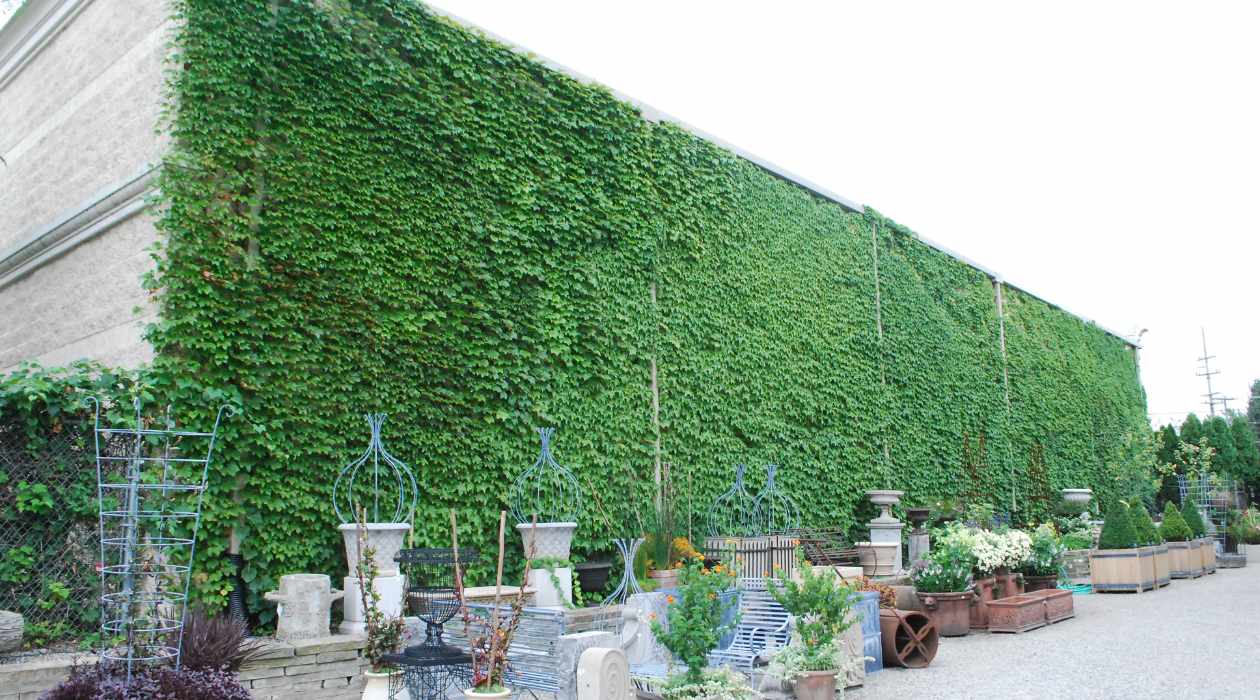

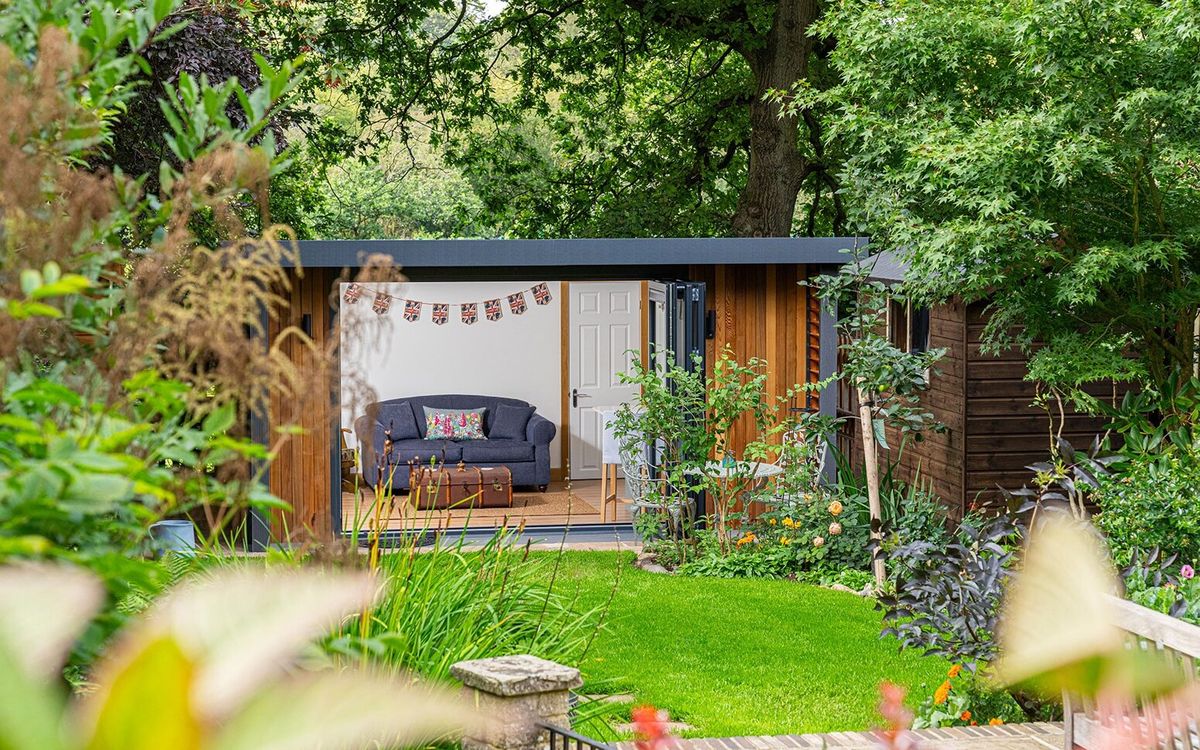
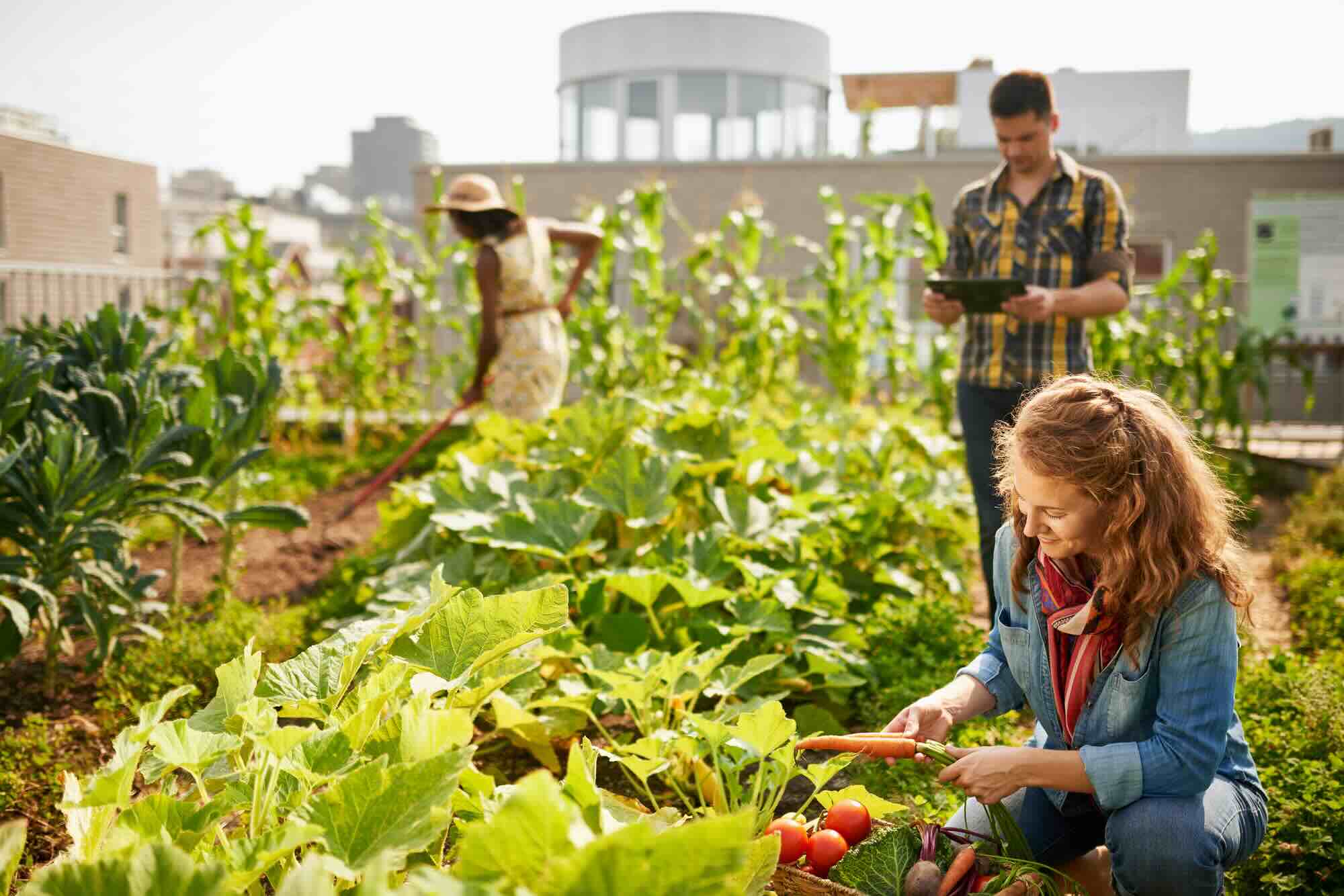
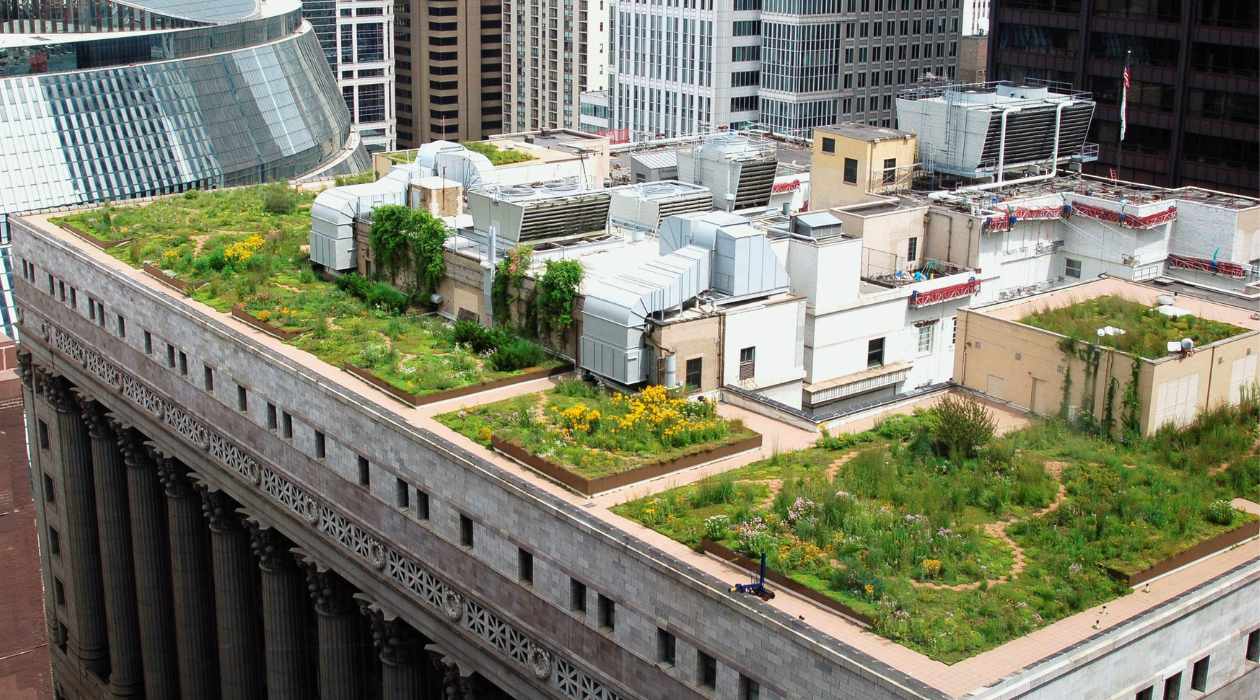
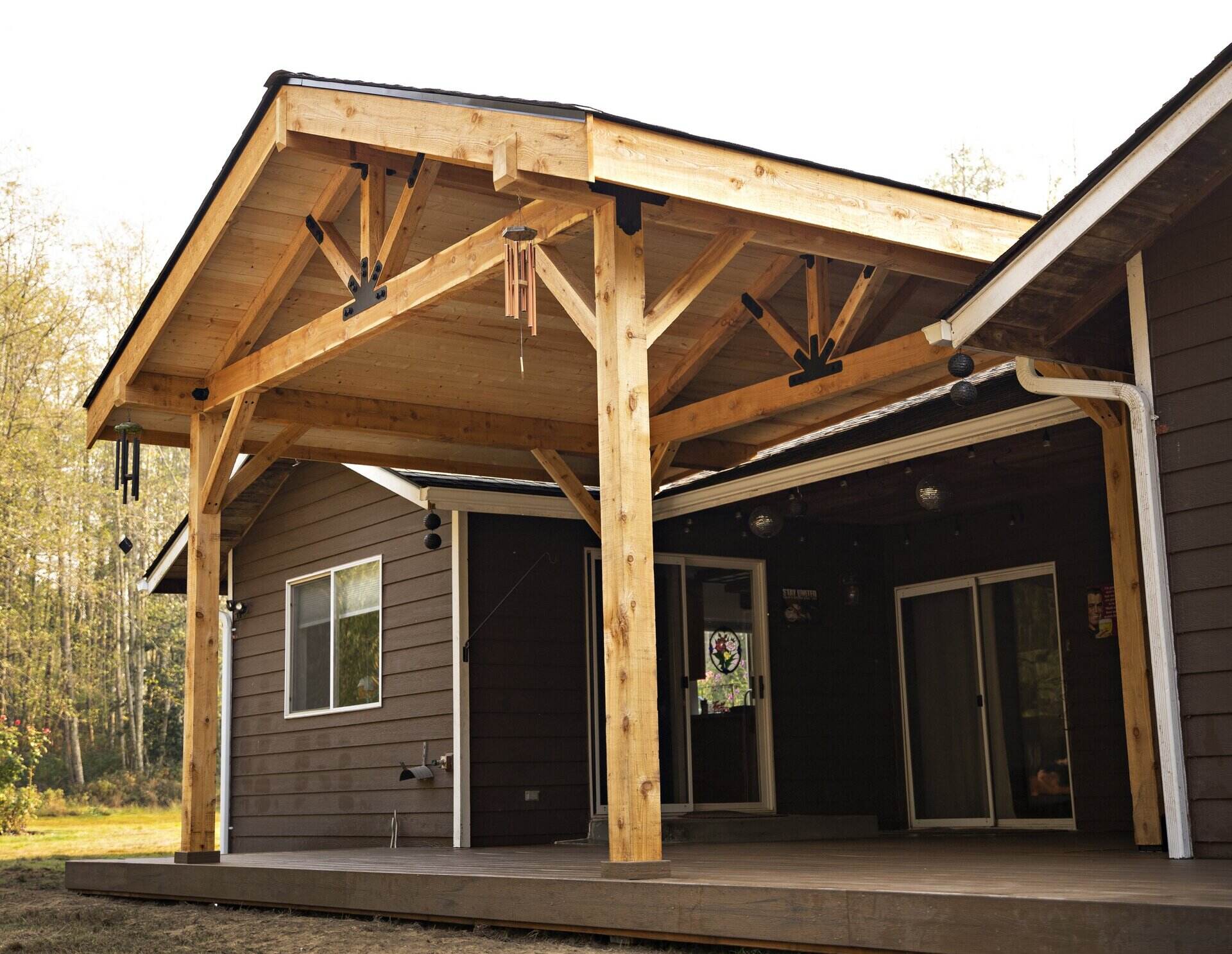
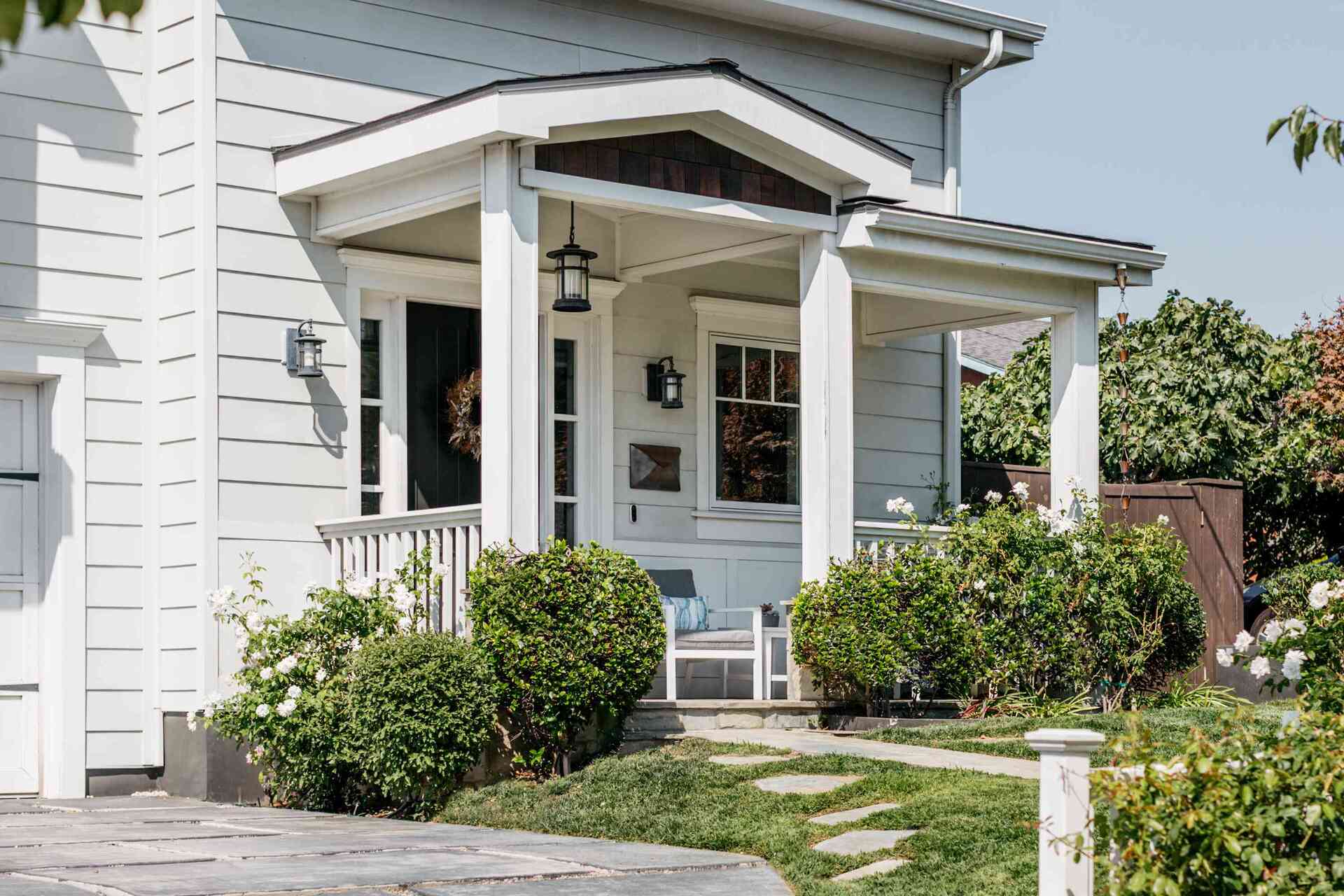
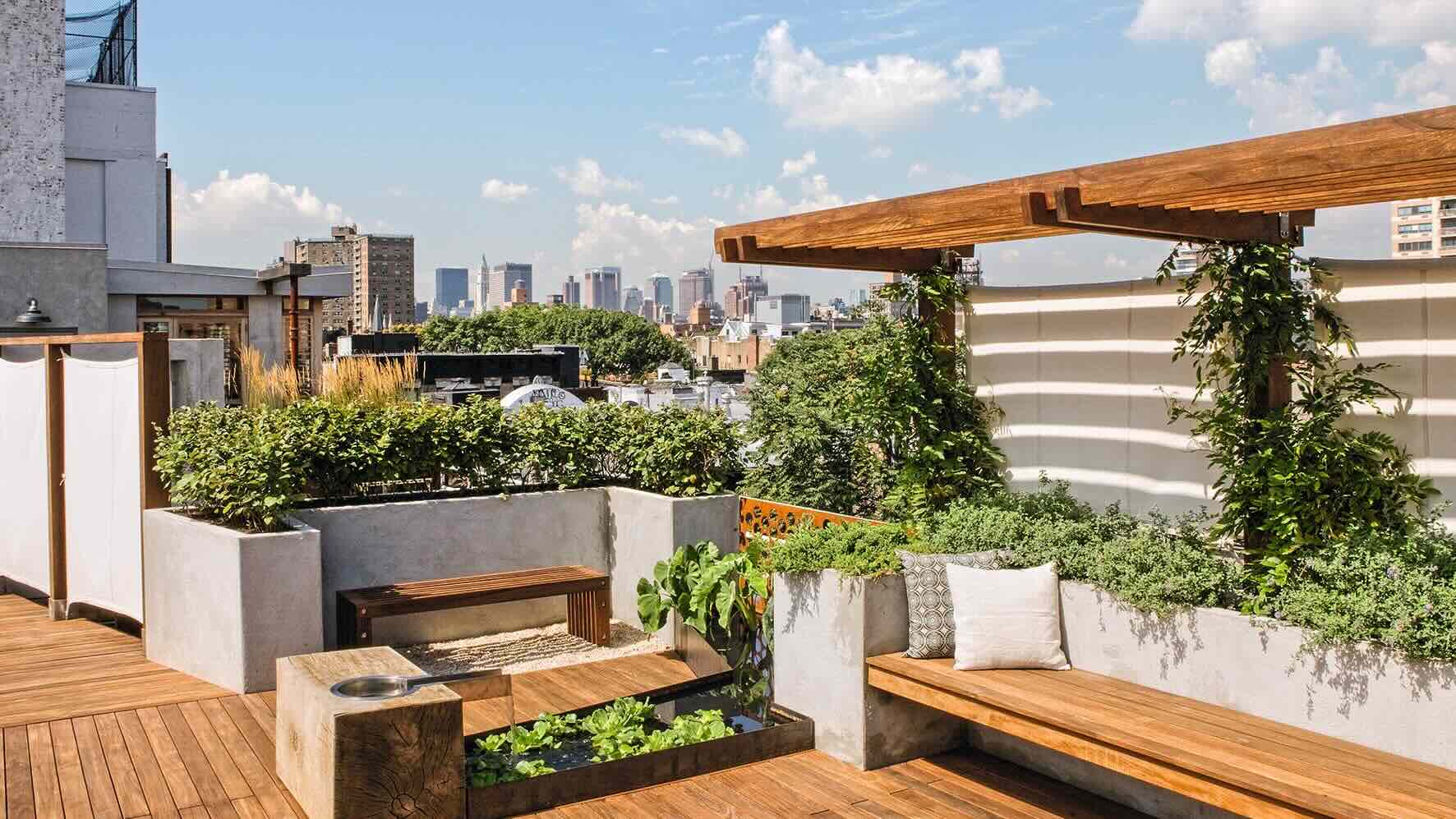
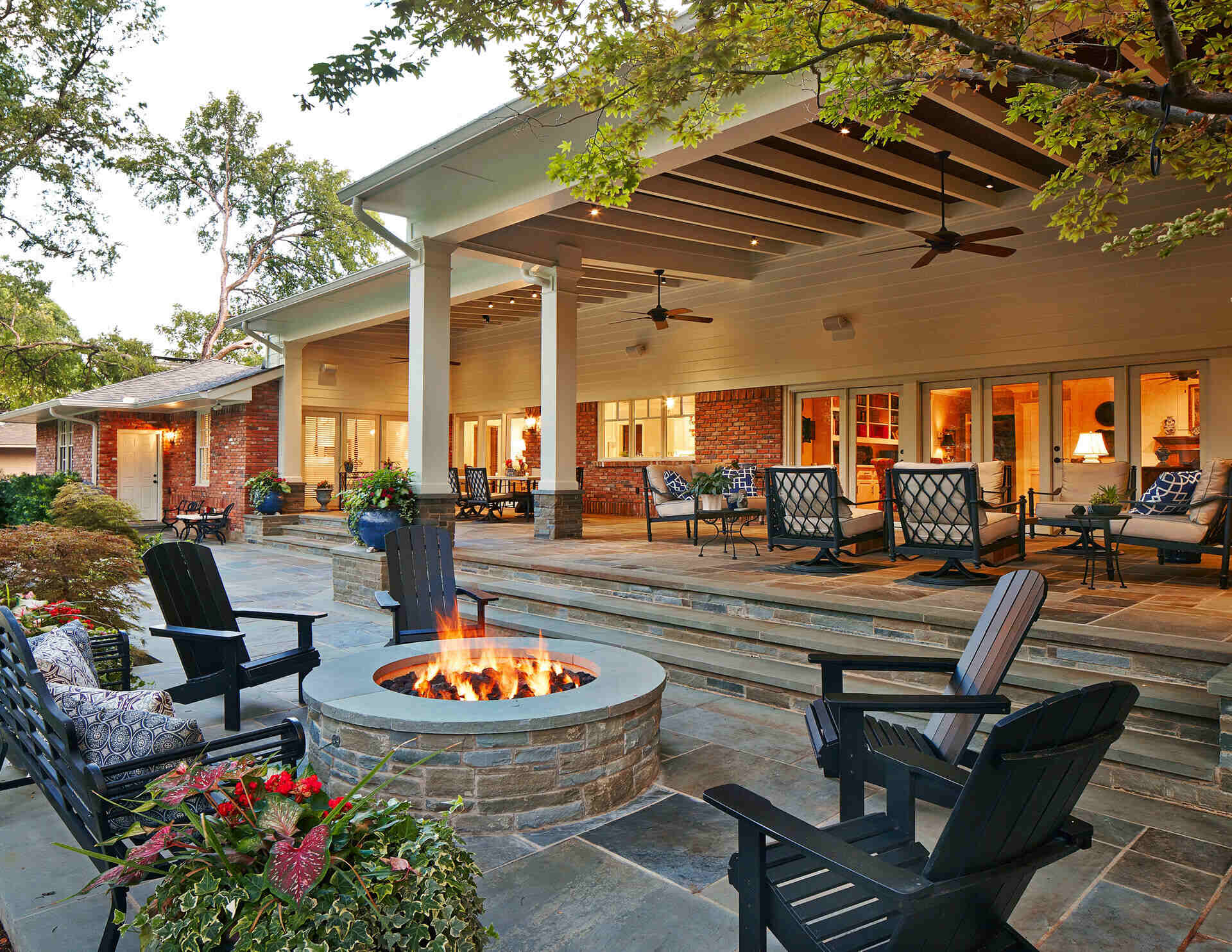
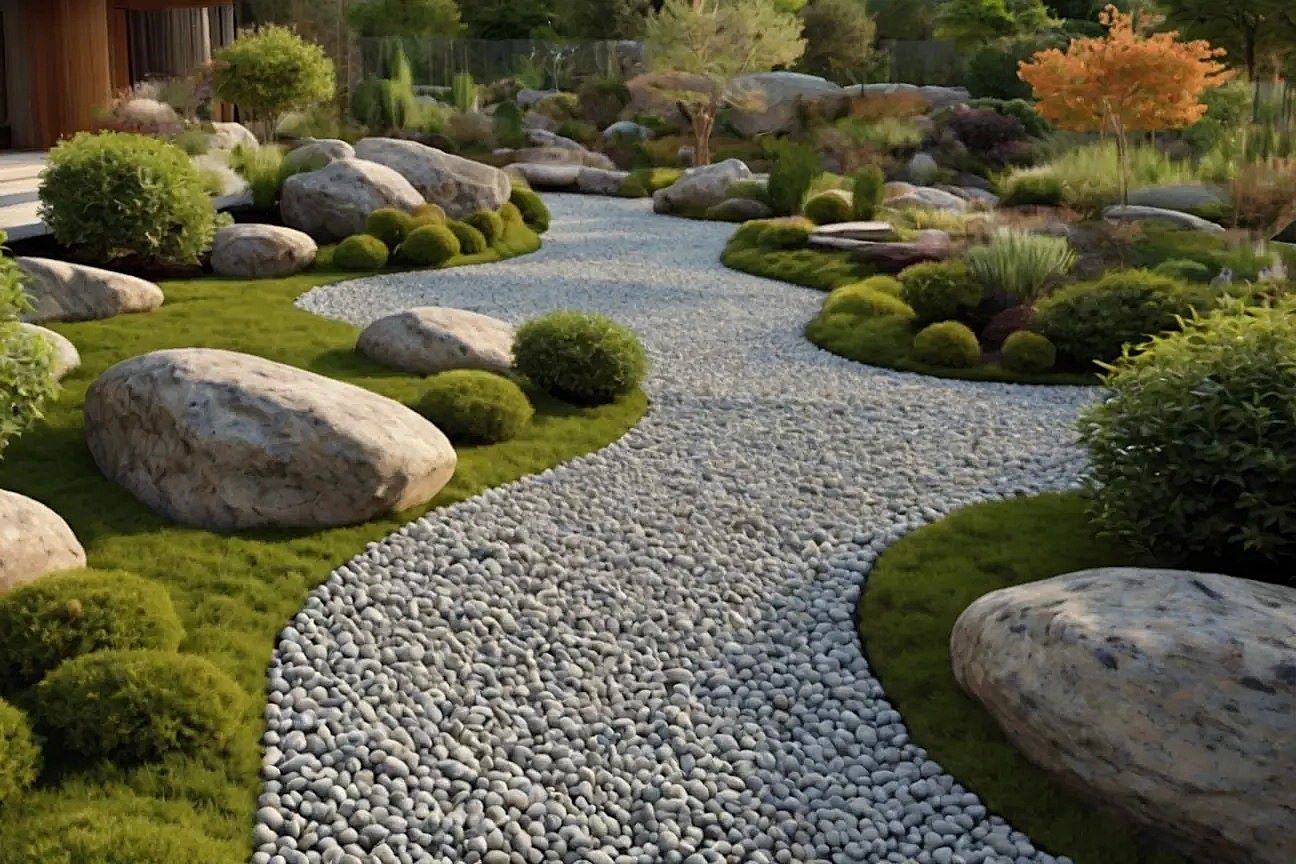
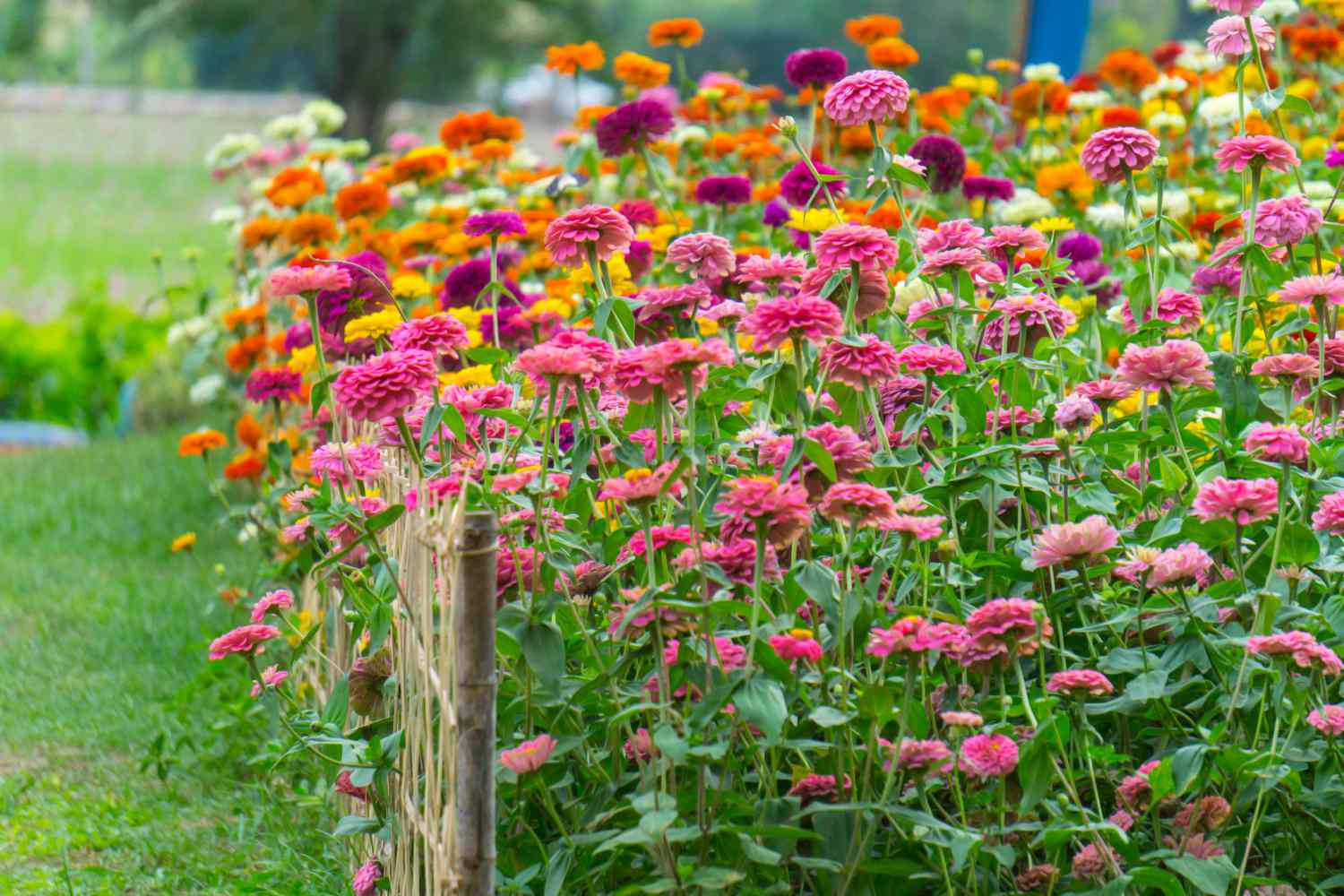
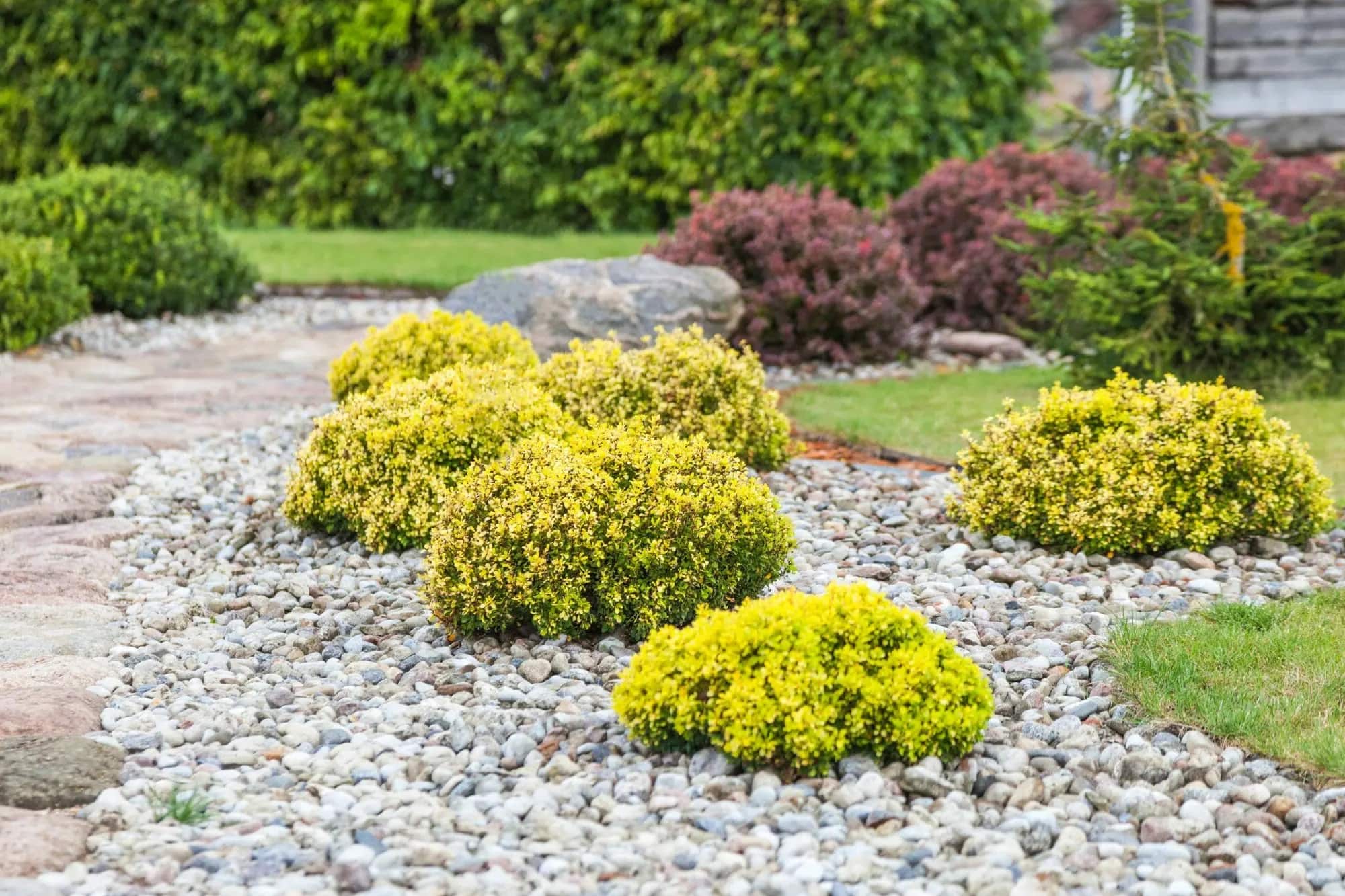

0 thoughts on “Roof Garden Ideas: How To Design A Rooftop Garden”